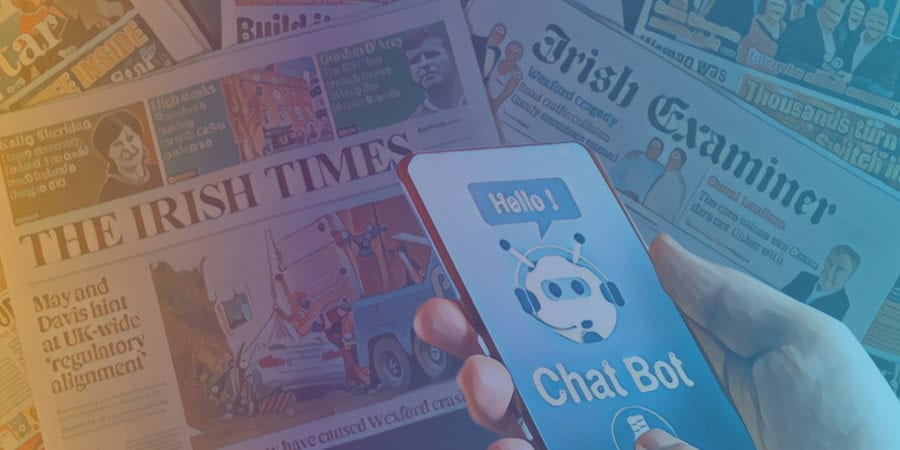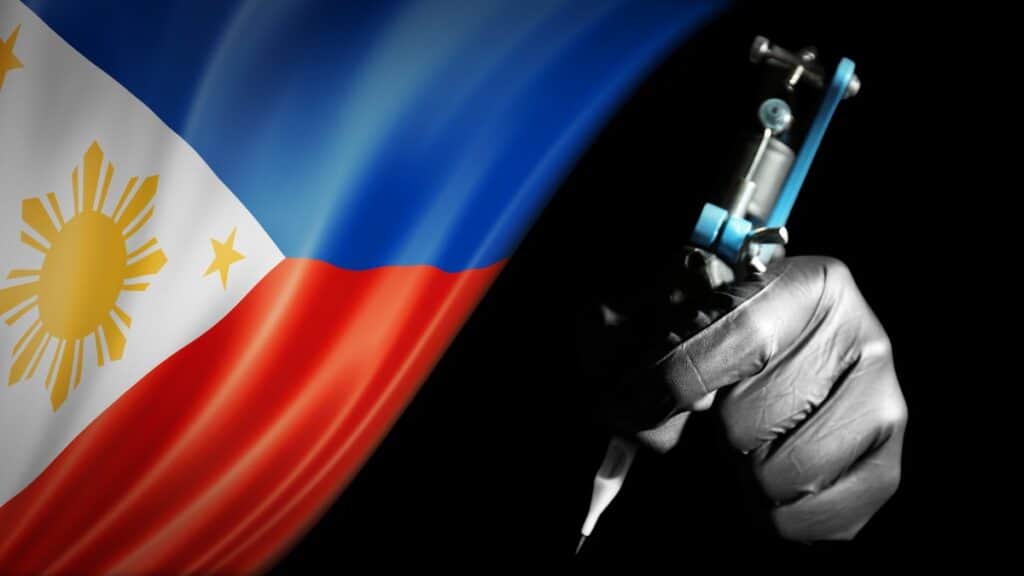Key Takeaways
- The Irish Times apologized for publishing a controversial op-ed supposedly written by an Ecuadorian immigrant named Adriana Acosta-Cortez. The article accused white Irish women of cultural appropriation through their use of fake tans. It was later revealed that the article was a sham created using generative AI technology.
- The Editor of the Irish Times took responsibility for the incident and acknowledged the breach of trust between the newspaper and its readers. The incident highlighted the challenges posed by generative AI to news organizations, prompting a commitment to strengthen pre-publication procedures.
- A Twitter account was set up in the name of the fake author, which interacted with readers and criticized the Irish Times for publishing the article to generate website traffic. The individual behind the hoax used repurposed Twitter accounts, AI language model
- GPT-4, and an image generator to create the fictitious persona of Adriana Acosta-Cortez. The goal of the hoax was to amuse friends and provoke debate about identity politics.
- This incident raises concerns about the use of AI in journalism and the need for robust pre-publication procedures to verify the authenticity of articles and authors. It highlights the challenges media outlets face in detecting AI-authored content.
- Similar instances of AI-generated content being published unknowingly or intentionally by media outlets have occurred, emphasizing the need for caution and verification processes.
- The incident underscores the ongoing debate about the role of AI in journalism and the importance of maintaining human-made content to ensure authenticity and trust in the digital age.
The Irish Times, a venerable 164-year-old newspaper, recently made a public apology for publishing a controversial op-ed purportedly written by a young Latinx immigrant to Ireland.
The paper revealed that the piece was a sham, created using generative AI technology, by an individual who was not who they claimed to be.
The sham article titled “Irish women’s obsession with fake tan is problematic,” was supposedly penned by an Ecuadorian immigrant named Adriana Acosta-Cortez.
It controversially accused white Irish women who use fake tans of cultural appropriation. The piece was published on May 11, complete with an AI-generated photo of the supposed author sporting blue hair.
Editor’s Apology and Action Plan
Ruadhán Mac Cormaic, the Editor of the Irish Times, took responsibility for the incident, calling it a “deliberate and coordinated deception,” and a breach of the trust between the newspaper and its readers.
He committed to strengthening pre-publication procedures and said that the incident highlighted the challenges posed by generative AI to news organizations.
Despite the thorough editorial process, including back-and-forth discussions with the hoaxer, the Irish Times was unable to detect the scam until after the article’s publication.
The hoaxer had effectively used personal anecdotes and updated the piece with links to research, fooling the editorial team.
A Twitter Account Keeps the Deception Alive
Adding to the newspaper’s embarrassment, a Twitter account was set up in the fake author’s name, Acosta-Cortez, which interacted with readers and commented on the incident.
The account criticized the Irish Times for publishing the article to generate website traffic, diverting attention from the AI’s role in the deception.
Ruadhán Mac Cormaic, the Editor of the Irish Times, took responsibility for the incident, calling it a “deliberate and coordinated deception,” and a breach of the trust between the newspaper and its readers.

The Motivation Behind the Hoax
The individual behind the Twitter account identified themselves as an Irish, non-binary college student to The Guardian.
They revealed that the Acosta-Cortez persona was created using a repurposed Twitter account, which had been made to appear legitimate by following Ecuadorian outlets and using some Spanish.
The hoaxer claimed that approximately 80% of the article was created using GPT-4, and the image generator Dalle-E 2 was used to create a profile picture of the imaginary author.
The persona was designed to embody the quintessential “woke” journalist – a woman depicted as overweight, with blue hair, wearing business casual clothing, and a smug expression.
The goal of the hoax, according to the person behind it, was to amuse their friends and provoke debate about identity politics.
They defended their actions, stating that they didn’t see themselves as an “alt-right troll,” but rather as someone who believed identity politics to be an unhelpful lens through which to view the world.
Consequences and the Future of AI in Journalism
This incident has sparked international interest and caused a stir in the Irish media. It is one of the first instances of an AI-authored hoax reaching global news since the emergence of AI writing tools such as ChatGPT.
However, it’s not the first time AI content has been published unknowingly or even intentionally by media outlets.
NewsGuard, a misinformation watchdog, recently identified nearly 50 websites in seven languages covertly printing AI-generated content.
Meanwhile, CNET was forced to make major corrections to a series of articles written by ChatGPT last year.
This event underscores the need for robust pre-publication procedures to ensure the authenticity of articles and their authors.
With the increasing sophistication of AI writing tools, the challenge posed by AI to journalism is becoming ever more significant.
However, readers can rest assured that all content on our website is 100% human-made. In fact, any typos or unusual turns of phrase you may stumble upon here are our creative way of validating our commitment to keeping it ‘human’ in the digital age.








